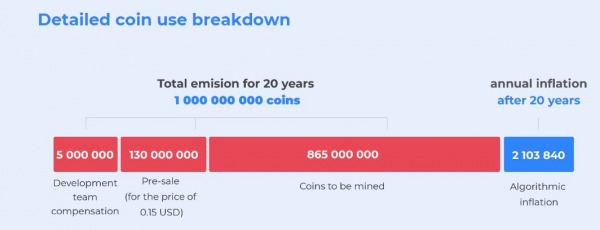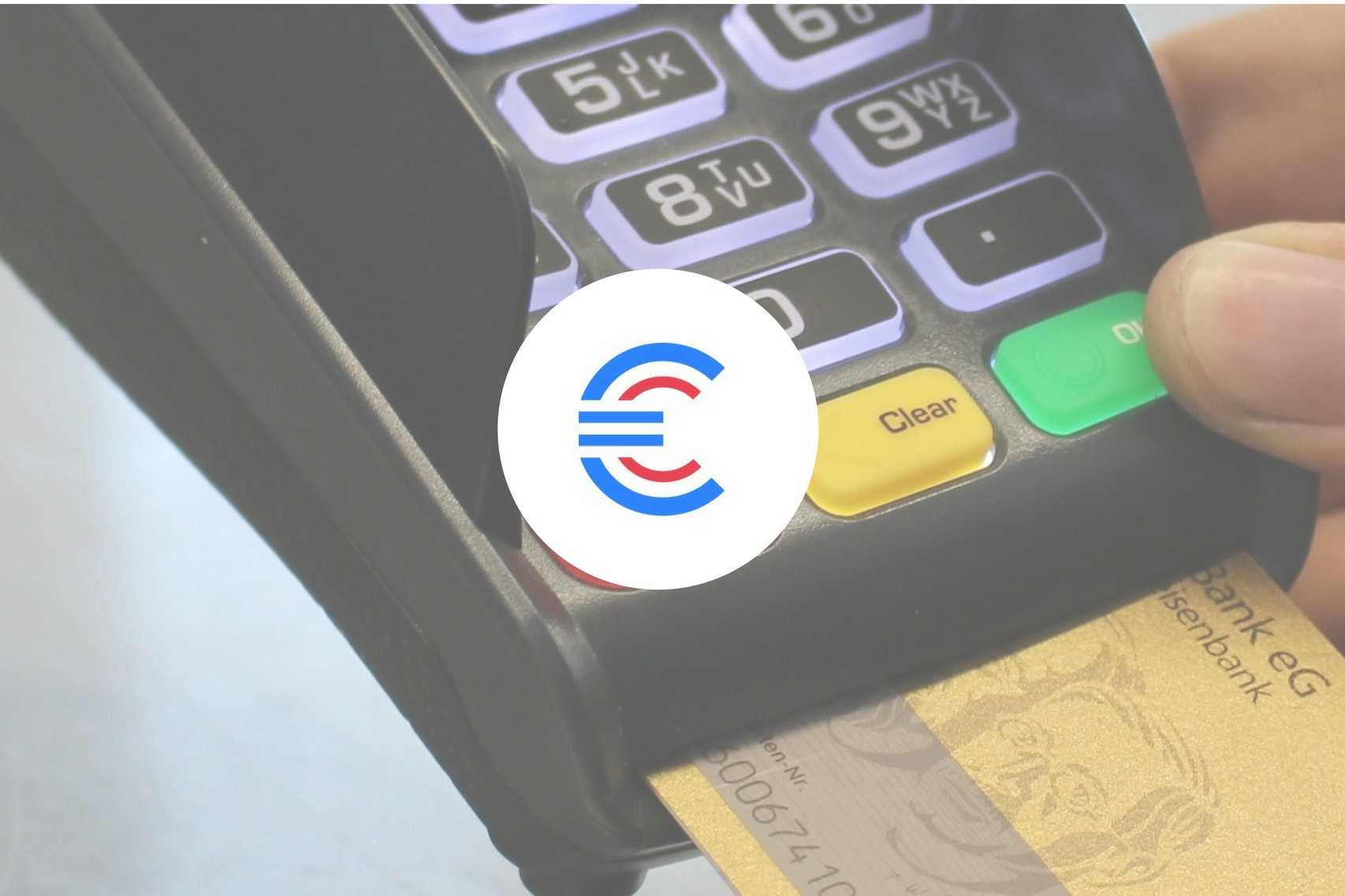The fuss around cryptocurrency seems to be ebbing, with reserved predictions forecasted for the near future. Last year’s jaw dropping highs drew many to premature conclusions, as if the tipping point had been hit and blockchain’s mainstream arrival was only a short time away.
While the all-time highs did at least bring cryptocurrency and blockchain to the attention of the wider world, it is still far from its dreams of being the common man’s bank.
The immature hype that has caused the market to fall has taught us a lot about the challenges facing this fledgling technology. It was unrealistic, even irresponsible, for the “to-the-moon” screamers to think that mainstream adoption would be here already.
Projects have several obstacles to tackle before they even come close to what they could consider a minor victory in the context of the larger picture of a worldwide economic revolution.
Can we count on Bitcoin to be a reliable fungible asset when the market is influenced by the most insignificant of news? Can we rely on Bitcoin to pay for everyday items when the majority of people wouldn’t know the first thing about how to setup Metamask or handle a paper wallet? No.
Those are only some of the problems that will have to be tackled, and it is suggested to pay attention to advocates like Andreas Antonopoulos who, while expecting Bitcoin and blockchain to revolutionize, envision a more pedestrian rate of adoption, starting with those who need it most.
These elements of cryptocurrency — the ability to help those who need it the most, along with the effort to tackle the problem of usability so that the masses can adopt it – are what will spur a new, more permanent, growth phase.
Unfortunately, the big name projects are working on other fundamental problems, like scalability, consensus protocols and security.
While the technical difficulties are being sorted out, the CitiCash project hopes to give users a means, here and now, to use cryptocurrency intuitively – as they say, even for grandparents to use.
The Obstacles to Crypto Mass Adoption
CitiCash recognizes that the cryptocurrency market is still some way from reaching the general public. The task of making crypto usage more user-friendly is itself composed of several smaller challenges, which the project describes in its whitepaper, and is the focus of their efforts.
The first is obvious to anyone who has used crypto – it’s simply not for anyone who isn’t tech-savvy. Some might argue that setting up a paper wallet is now easy, and that the idea of a public and private key can be simplified and communicated to anyone.
But think of the smartphone. It’s a technology that is more accessible, yet the older generation on the whole has still needed more time to adapt to it.
Can we expect crypto to be any easier? It is not yet at the stage where it’s intuitive. In fact, a study shows that 36% don’t consider it to be a viable option because it’s too complicated.
And if it’s isn’t intuitive, it’s unlikely that cryptocurrency will be used in the real world on an everyday basis. Only when it becomes easier to use will retailers and merchants be more open to using cryptocurrency. As it stands, only 0.6% of the top 5,000 online retailers in the U.S. accept Bitcoin, and only 12% of wallets can be linked to debit cards.
Privacy is another obstacle — people would rather not see their purchases recorded on a public ledger for all time.
Several privacy-focused projects are already tackling this problem, but even they have trouble offering true privacy. A sizable number of people value their privacy on the internet and if our financial transactions begin to take a literal digital form, then the need for privacy becomes even more important.
Of course, these are some obstacles relating to a very particular issue, but they’re significant nonetheless. If cryptocurrency payments could just be made easier to use, it’d go a long way towards boosting adoption.
What Does CitiCash Do?
CitiCash, a product of a Czech team and located in Prague, was launched in early 2018. The motivation for the project was to make cryptocurrency approachable and easy to use for everyone.
To the common person, that means going out to a restaurant, grocer or any kind of merchant and being able to use their money in a quick and simple manner. This is the principle with which CitiCash and its features have been designed.
Specifically, the team wants to make usage intuitive (similar to internet banking), customizable (wallet addresses can be swapped for names), untraceable (for private transactions) and available on any device.
The most notable feature of CitiCash is that its wallet, which is already available on desktop, will be directly linked to CitiCash debit card. The latter is something that everyone is familiar with, and most possess, and would perform as an excellent means of using cryptocurrency for day to day purchases.
Users who have downloaded the wallet will soon be able to request CitiCash debit cards, which will be linked directly to the wallet. That means if a user adds funds to the wallet, it automatically reflects in the use of the debit card — effectively making the CitiCash platform a bank account. Indeed, the team took inspiration from modern banking facilities in designing the feature.
The platform is also expected to include trading facilities in the near future. Additionally, the team is working on making it possible to convert the platform’s tokens into other currencies.
Interestingly, the CitiCash makes use of RingCT to transactions make transactions fully private, the same method that Monero uses to offer complete privacy.
These features — debit cards, privacy and easy conversion — are an answer to the problems in the usage of cryptocurrency for everyday purchases. It essentially acts like a bank with the added benefit of being able to hide transaction details.
If the development goes according to schedule, we should see a web browser and mobile wallet before the end of the year, and the debit card by late 2018 or early 2019.
The CitiCash Coin (CCH) and ICO
The CitiCash ICO is moving forward soon, with the sale set to start on September 1, 2018, ending after 2 months or until all coins are sold.
The total number of coins available in the token sale will be 135 million, 5 million of which will be reserved for the team. Each coin will be sold at $0.15; the minimum purchase amount being 10 CCH and the maximum amount being roughly 7700 CCH.
CitiCash coins can be purchased with Bitcoin, Ethereum and Monero.
The funds raised from the ICO will be allocated towards hiring developers, running marketing campaigns, and hardware infrastructure. Any unsold coins will be locked in an account for a year, after which it will be used for the project’s development.

The network uses the CryptoNight Heavy algorithm to distribute rewards, which changes every six months. Citizens of America, China and Korea, among other countries, will not be able to participate in the token sale.
Final Thoughts
It’s pleasing to see that there are projects tackling the issue of usability in cryptocurrency. Sure, cryptocurrency will share a space with fiat currency, rather than replace it entirely — but even if it’s to reach a mass level of adoption, it has to make a lot of progress in accessibility and CitiCash can help move this aspect of cryptocurrency forward.
The debit card is the most promising feature of the project, but this is contingent on getting merchants on board. This will be the toughest task for the team, and will require extensive marketing and merchant collaboration.
As Bitcoin and cryptocurrency matures, getting partners onboard will become an easier task. By then, CitiCash will have done well by creating the infrastructure needed for easy crypto payments.
You can learn more about the CitiCash project and their ICO on their website. You can also follow them on Twitter, Telegram and Facebook.
Related: CitiCash — The Cryptocurrency for Ordinary People to Use in Their Everyday Lives

